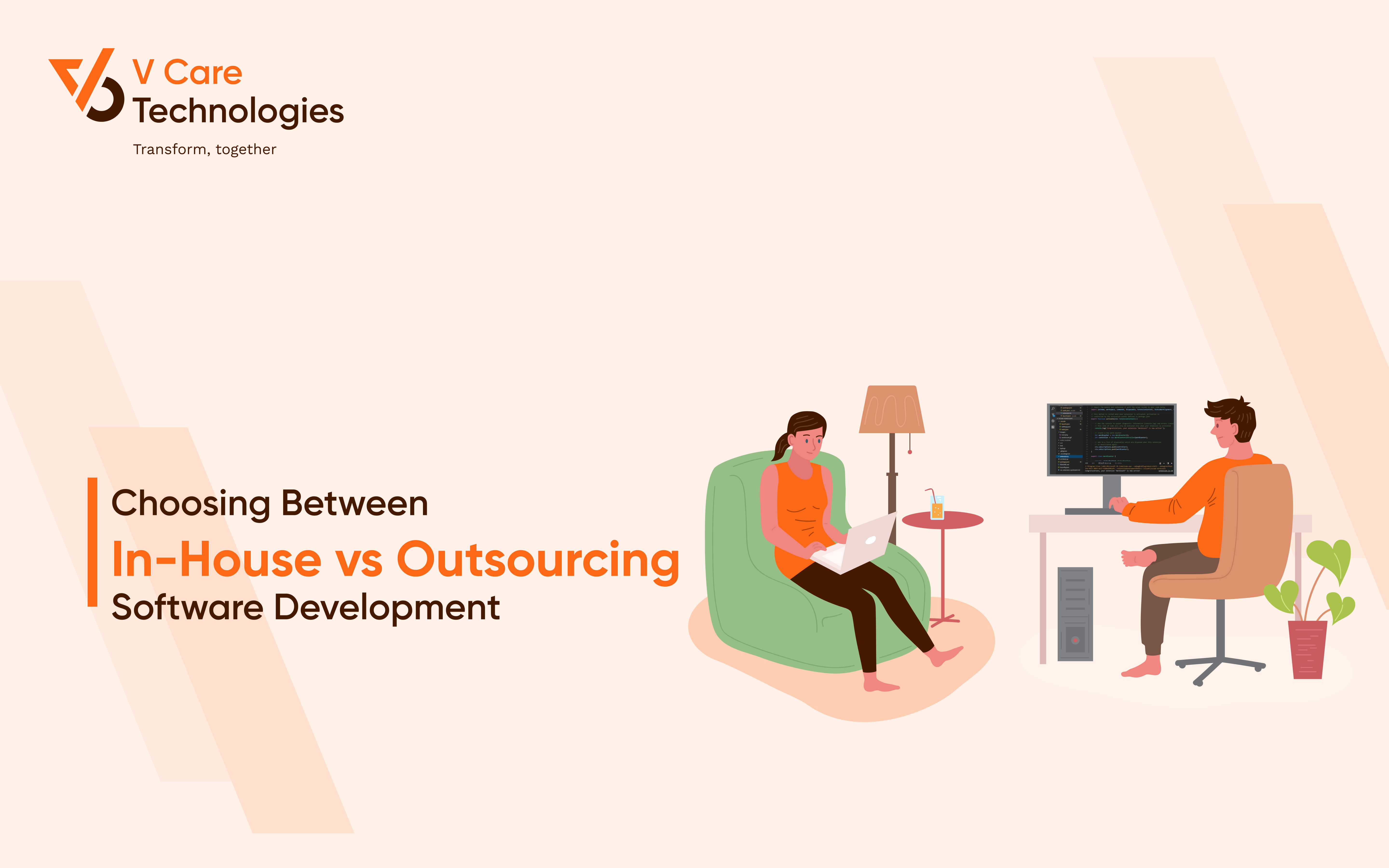Choosing Between In-House vs Outsourcing Software Development
Hey folks! Today, we're diving deep into the age-old dilemma of in-house vs outsourcing software development. Whether you're a startup on a shoestring budget or a tech giant with resources to spare, this decision can make or break your project. So, let's get cracking and unravel the mysteries of these two approaches.
Introduction:
When we talk about in-house development, we're referring to the process of building software within your organization. On the flip side, outsourcing development involves hiring external vendors or freelancers to handle the development process. Choosing between these two approaches is crucial for the success of your project, as it can significantly impact cost, quality, and timeline.
Pros and Cons of In-House Development:
Let's kick things off by exploring the pros and cons of in-house development. One major advantage is the level of control and customization it offers. When you keep development in-house, you have full control over the process and can tailor it to meet your specific needs. Additionally, direct communication and collaboration among team members are often easier to facilitate in an in-house setup.
However, in-house development also comes with its challenges, particularly in terms of time and resource allocation. Building and maintaining an in-house team can be costly and time-consuming, especially if you need to hire specialized talent or invest in training programs.
Pros and Cons of Outsourcing Development:
Now, let's take a look at the pros and cons of outsourcing development. One of the biggest advantages is cost efficiency and scalability. Outsourcing development allows you to access a global talent pool and scale your team up or down as needed, without the overhead costs associated with maintaining an in-house team.
Another benefit of outsourcing is the opportunity to tap into specialized expertise. External vendors often bring a wealth of experience and domain knowledge, allowing you to leverage their skills to deliver high-quality results.
However, outsourcing development also poses some risks, particularly regarding communication and quality control. Working with remote teams or third-party vendors can sometimes lead to misunderstandings or delays, which can impact the overall success of your project.
Key Considerations for Decision-Making:
As you weigh the pros and cons of each approach, there are several key considerations to keep in mind. First and foremost, consider the requirements and complexity of your project. Some projects may be better suited for in-house development, while others may benefit from the specialized expertise offered by outsourcing.
Additionally, carefully evaluate your budget and resource availability. While outsourcing can be cost-effective in the short term, it's important to consider the long-term implications and potential hidden costs associated with managing external vendors.
Finally, think about your long-term strategy and business goals. Will keeping development in-house give you a competitive edge in the long run, or is outsourcing a more strategic move for your organization?
Case Studies:
To further illustrate the benefits of both approaches, let's take a look at some real-world examples.
Certainly! Here are a few case studies to illustrate the points discussed in the blog post:
Case Study 1: In-House Development Success
Company: TechGenius Inc.
Scenario: TechGenius Inc. decided to develop their new project management software in-house. They had a talented team of developers with expertise in project management tools. The team worked closely with other departments to understand their needs and preferences.
Outcome: The in-house development approach allowed TechGenius Inc. to create a highly customized software solution tailored to their specific requirements. The team had full control over the development process, resulting in a seamless integration with existing systems. The project was completed within the expected timeline and budget, and the software received rave reviews from internal users.
Case Study 2: Outsourcing Development Success
Company: StartSmart Solutions
Scenario: StartSmart Solutions, a startup specializing in e-commerce solutions, needed to develop a mobile app for its platform. With limited resources and tight deadlines, they decided to outsource the development to a reputable third-party vendor.
Outcome: By outsourcing the development, StartSmart Solutions gained access to a team of experienced developers with expertise in mobile app development. The vendor quickly understood their requirements and delivered a high-quality app within the specified timeframe. This allowed StartSmart Solutions to launch their mobile app ahead of schedule, gaining a competitive edge in the market and attracting a larger user base.
Case Study 3: In-House Development Challenges
Company: SoftSolutions Ltd.
Scenario: SoftSolutions Ltd., a medium-sized software company, decided to develop a new customer relationship management (CRM) system in-house. Despite having a skilled development team, they underestimated the complexity of the project and failed to allocate enough resources.
Outcome: The in-house development process faced numerous challenges, including scope creep, missed deadlines, and quality issues. The project ended up exceeding the initial budget, causing financial strain on the company. Additionally, communication breakdowns between the development team and other departments led to misunderstandings and dissatisfaction among stakeholders.
Case Study 4: Outsourcing Development Challenges
Company: GlobalCorp Enterprises
Scenario: GlobalCorp Enterprises, a multinational corporation, outsourced the development of new accounting software to a third-party vendor located overseas. While the vendor had a solid reputation, cultural and language barriers caused communication challenges throughout the project.
Outcome: Despite initial optimism, the outsourcing project faced several setbacks due to communication issues and misaligned expectations. Delays in project delivery and frequent revisions led to frustration on both sides. Ultimately, GlobalCorp Enterprises had to invest additional resources to bridge the communication gap and salvage the project, resulting in higher-than-anticipated costs and a delayed product launch.
These case studies highlight the various factors that businesses should consider when choosing between in-house and outsourcing software development. Each approach has its advantages and challenges, and the decision should be based on the specific needs and circumstances of the organization.
Conclusion:
In conclusion, the choice between in-house and outsourcing software development requires careful consideration. At V Care Technologies, we understand the importance of making informed decisions that align with your project requirements and business goals. Whether you choose to keep development in-house or partner with us for outsourcing, we're here to support you every step of the way. So, why wait? Contact us today to explore your options and embark on a successful software development journey!"
Author: Murtuza Tarwala
2023-07-17




 About us
About us Services
Services Projects
Projects Blogs
Blogs





